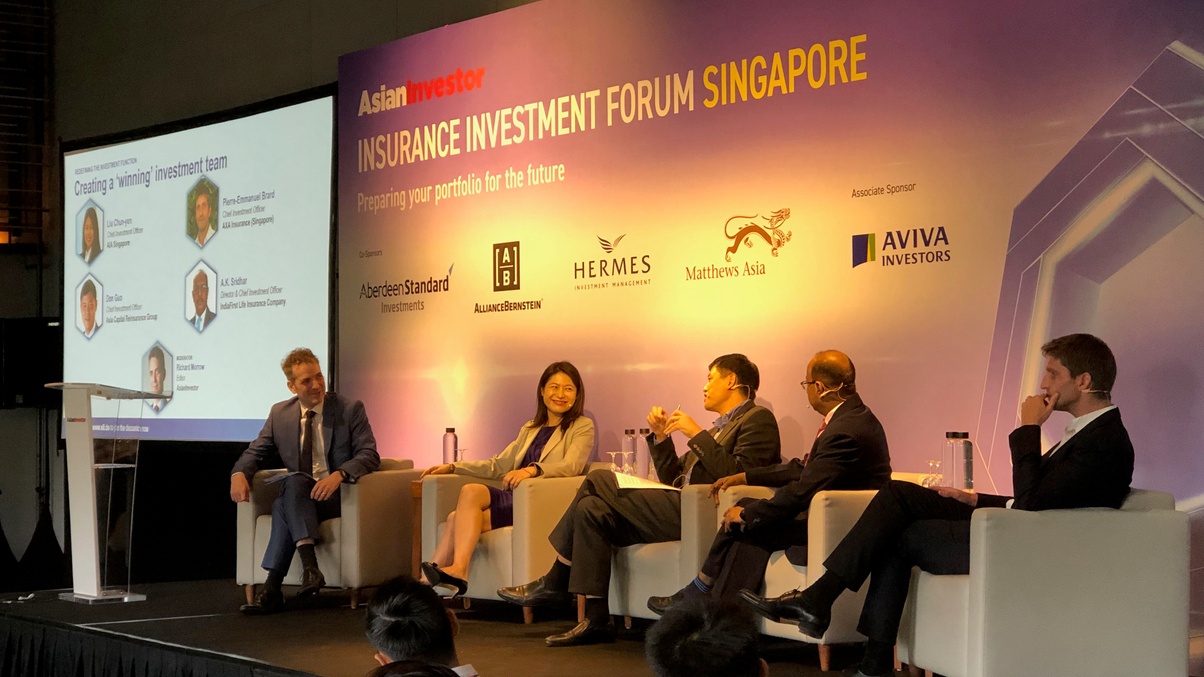AIA, Axa CIOs flag outsourcing challenges
Asia Capital Re and IndiaFirst Life Insurance also join in to discuss their biggest challenges, despite the growing demand for external specialist expertise.

Some of Asia’s leading insurers remain unconvinced about the merits of outsourcing their portfolios to external managers even as other asset owners push to do so.
Sign In to Your Account
Access Exclusive AsianInvestor Content!
Please sign in to your subscription to unlock full access to our premium AI resources.
Free Registration & 7-Day Trial
Register now to enjoy a 7-day free trial—no registration fees required. Click the link to get started.
Note: This free trial is a one-time offer.
¬ Haymarket Media Limited. All rights reserved.


